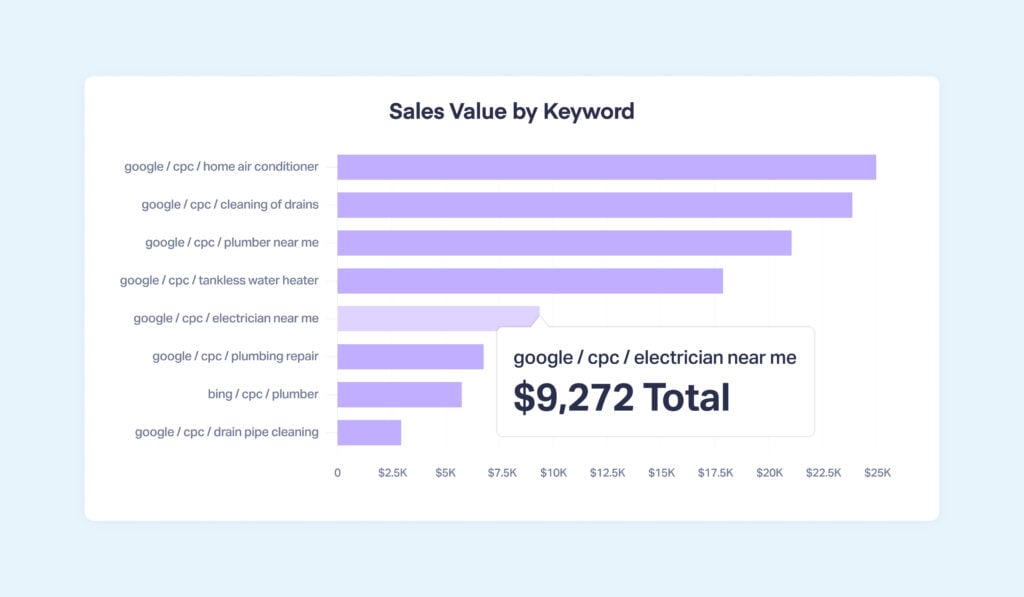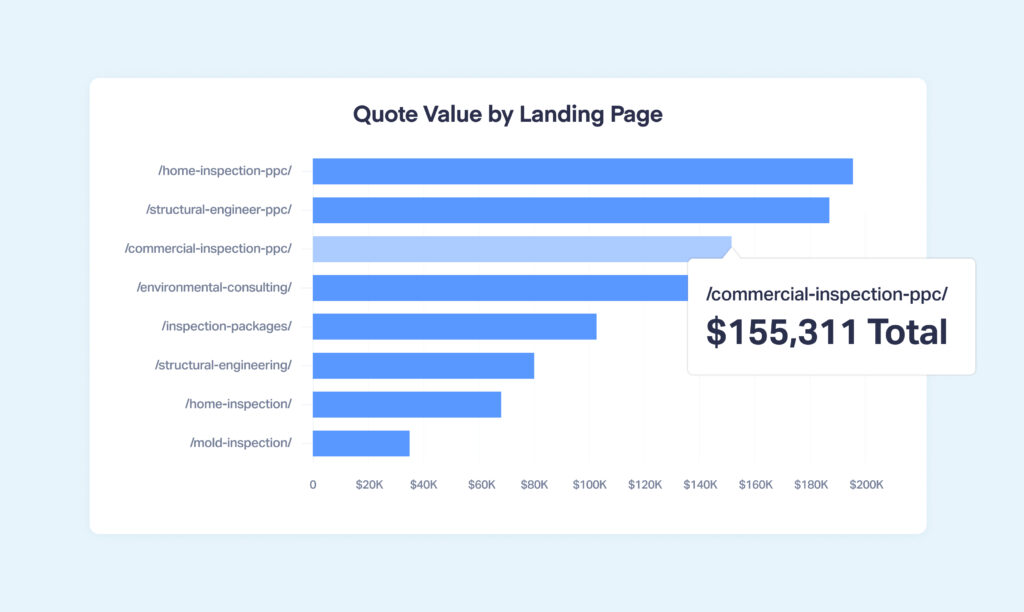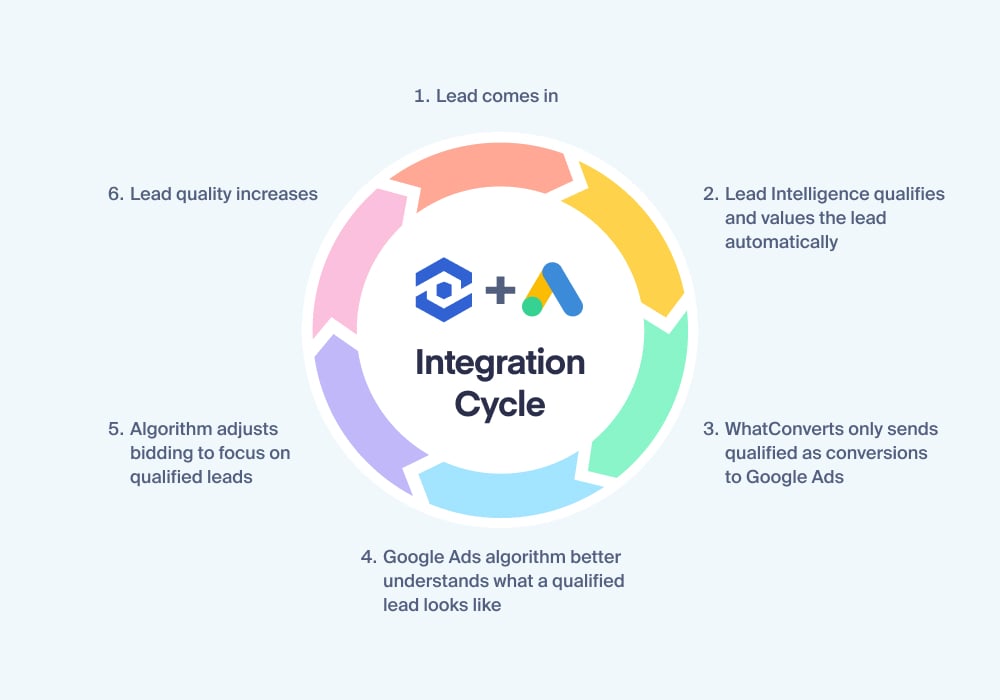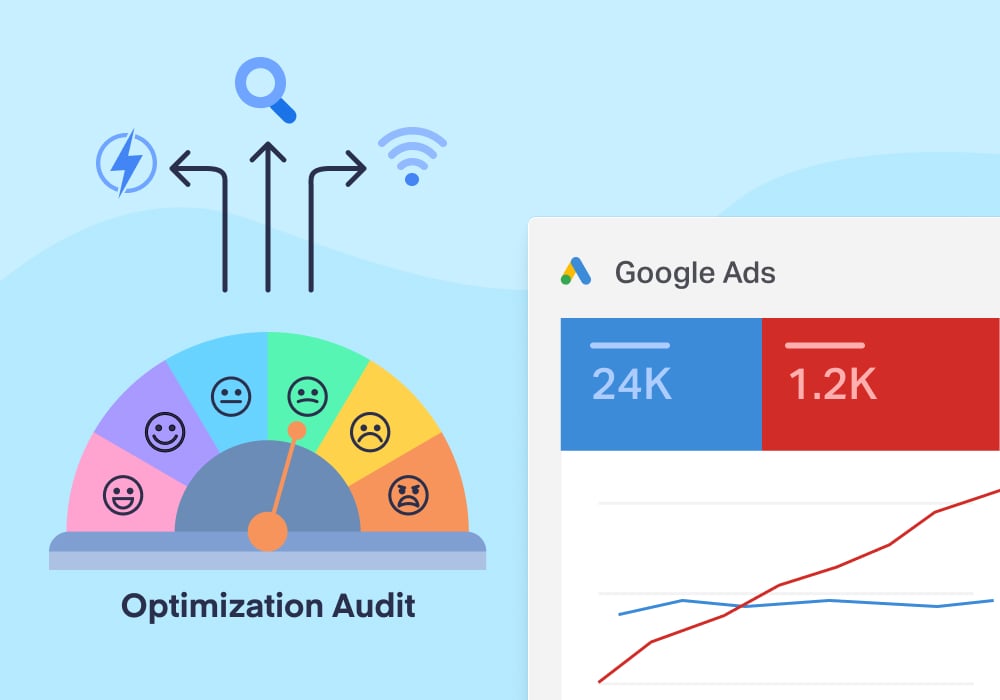
Are your Google Ads campaigns underperforming despite a solid budget?
Many marketers pump thousands into PPC, only to see lackluster results and rising acquisition costs. If you suspect wasted spend or missed opportunities, it’s time to stop guessing—and start auditing.
This guide walks you through a step-by-step Google Ads audit to uncover hidden performance gaps and turn mediocre campaigns into ROI machines. You’ll learn how to assess your goals, structure, keywords, ads, landing pages, and more—armed with actionable insights at every stage. Plus, we’ll show you how to optimize your results using WhatConverts.
Let’s dive in and turn your next Google Ads audit into a blueprint for real growth.
Understanding the Importance of a Google Ads Audit
Regular audits uncover inefficiencies—such as misaligned targeting, irrelevant keywords, or broken tracking—that can silently drain your budget. More importantly, audits highlight where your best leads and ROI originate.
Take Gumpo, for example. After auditing a stagnant PPC campaign and integrating WhatConverts to track lead quality, this agency saw a 336% increase in unique leads, 293% more qualified calls, and a 78% CPA reduction, all within a quarter.

Audits don’t just fix broken campaigns, they make good ones better. By reviewing structure, keywords, and tracking regularly (quarterly or during major business changes), you align spend with actual results. Paired with tools like WhatConverts, you can clearly identify which campaigns drive revenue, not just clicks. The result is smarter optimizations and higher-quality leads.
Now, let's get into the optimizations you can uncover with a Google Ads audit.
Step 1 – Review Account Goals and Settings
Before you can optimize anything in Google Ads, you need to make sure your account is aligned with your actual business goals.
Start by checking your campaign goals. Are you tracking what really matters—like lead form fills, phone calls, or sales value—or are you still optimizing for surface metrics like clicks or impressions? For example, if your goal is sales-qualified leads, your campaigns should be built around lead generation conversions, not just traffic.
Next, audit your account settings:
- Location targeting: Are you advertising only in serviceable areas? If you only serve Illinois, make sure you’re not targeting all of the U.S.
- Ad scheduling: Are your ads running when your team is available to respond?
- Language settings: Are you unintentionally excluding (or including) audiences due to misconfigured language filters?
These settings often go untouched for months, but small misalignments can quietly erode performance.
You can adjust your location and ad scheduling in the Audiences, keywords, and content settings. Use individual campaign settings to adjust language targeting. 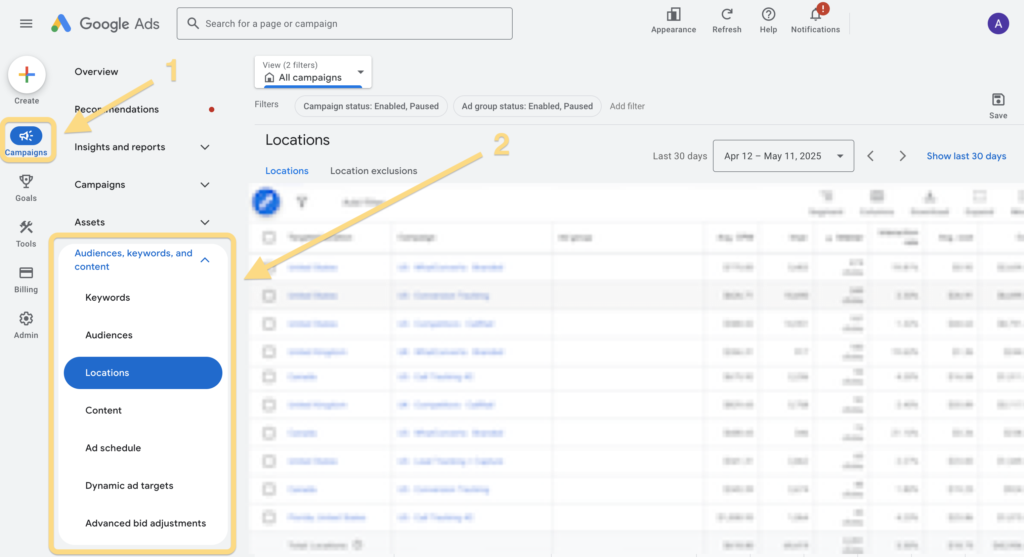
Optimization Opportunity
Making the switch from vanity metrics (e.g., ad clicks, impressions) to value-based metrics can be huge. When Google understands which leads are resulting in real revenue, it can adjust its targeting to bring in more leads that are likelier to buy.
Similarly, cleaning up settings like irrelevant geographic targeting or adjusting ad schedules to match peak conversion hours can save thousands.
In the end, it’s about tweaking your ads to get in front of the right people at the right time.
Pro Tip: Use WhatConverts to tie conversion goals (like calls and form fills) to actual revenue. That way, you’re not just tracking leads—you’re tracking the right leads.

Step 2 – Analyze Campaign Structure
A well-organized Google Ads account isn’t just easier to manage, it performs better. Poor structure creates budget bloat, irrelevant clicks, and messy reporting. This step is about ensuring your campaigns and ad groups are logically grouped to reflect your offerings and goals.
What to Check
Start by reviewing how your campaigns are organized. Are they grouped by product line, service type, or customer journey stage? If a single campaign is handling everything from branded searches to competitor targeting, you’re likely sacrificing control and efficiency.
Within each campaign, inspect your ad groups. Each ad group should be tightly themed, with only a handful of closely related keywords. If you see dozens of keywords spanning multiple topics in one group, it’s time to segment.
This granular structure allows you to:
- Write more relevant ad copy
- Improve Quality Scores
- Control budgets more precisely
Optimization Opportunity
Break any catch‑all campaign into distinct product/service campaigns, split broad ad groups into tightly themed clusters, and pause any campaign spending >10 % of budget while delivering <5 % of conversions in the last 90 days.
Pro Tip: If one ad group drives most of your conversions, consider breaking it into smaller themes to identify exactly which terms are performing and where budget might be better allocated.
Solid structure sets the stage for smarter bidding, targeting, and reporting. Now that your campaigns are organized logically, it’s time to dive into what fuels them: your keywords.
Step 3 – Evaluate Keyword Performance
Keywords are the backbone of Google Ads. But not all clicks are equal. A Google Ads audit reveals which keywords truly deliver high-quality leads.
What to Look For
Start by identifying top performers with metrics like CTR, conversion rate, and CPA, but prioritize lead quality. WhatConverts helps track quotable leads and actual sales per keyword, clarifying where your revenue truly originates.
Next, use your search terms report and WhatConverts’ lead tracking data to discover new high-intent keywords you haven’t targeted. Also, actively implement negative keywords to cut irrelevant traffic and wasted spend.
Resource: How to Find Your Best High Value, Hight Intent Keywords
Optimization Opportunity
After identifying your highest‑value keywords, raise bids or reallocate budget toward those terms and their close variants. Pause, bid down, or negative‑match keywords that drive few or low‑quality conversions. Revisit the search‑terms report monthly to repeat this prune‑and‑pivot exercise and keep waste under 5 % of spend.
Pro Tip: Regularly review the “Sales Value by Keyword” report in WhatConverts to prioritize keywords based on revenue, not just clicks or form fills.
With your high-value keywords prioritized and wasted spend eliminated, your next focus should be the message users see when they click: your ad copy.
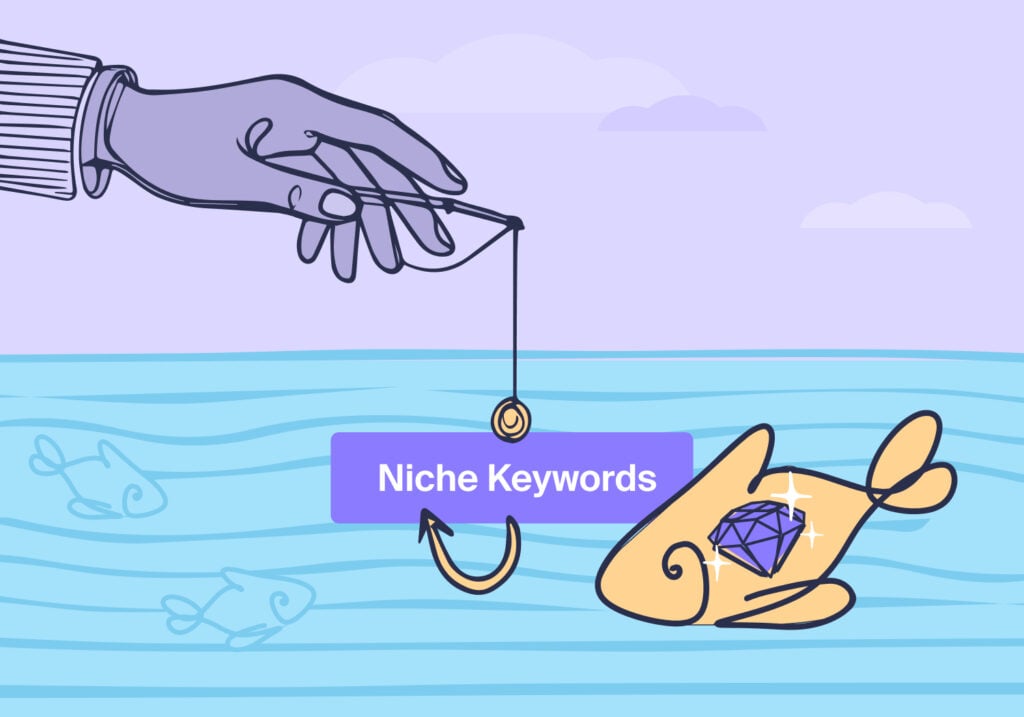
Step 4 – Assess Ad Copy and Extensions
Ad copy creates crucial first impressions. Weak or misaligned messaging directly impacts your results. Your audit should closely examine ad relevance and extension usage.
What to Check
First, ensure ad relevance. Your ads need to directly reflect the keywords and landing pages, clearly stating the offer with compelling calls to action. Low CTRs or Quality Scores indicate messaging misalignment.
Incorporate Voice of Customer (VoC) insights from call transcripts or form submissions to craft more relatable and effective ads. Additionally, verify your ad extensions (sitelinks, callouts, structured snippets) are complete and current, enhancing your ad visibility and engagement.
Resource: How to Build a Marketing-Focused Voice of the Customer Program
Optimization Opportunity
Build a short list of customer‑language phrases from recent call transcripts or form submissions, then A/B test new headlines that mirror that exact language. At the same time, refresh every ad group with at least four sitelinks, two callouts, and one structured snippet to lift ad rank and CTR.
You can use WhatConverts to quickly pull the most used keywords and mentioned topics from your calls using Lead Analysis: 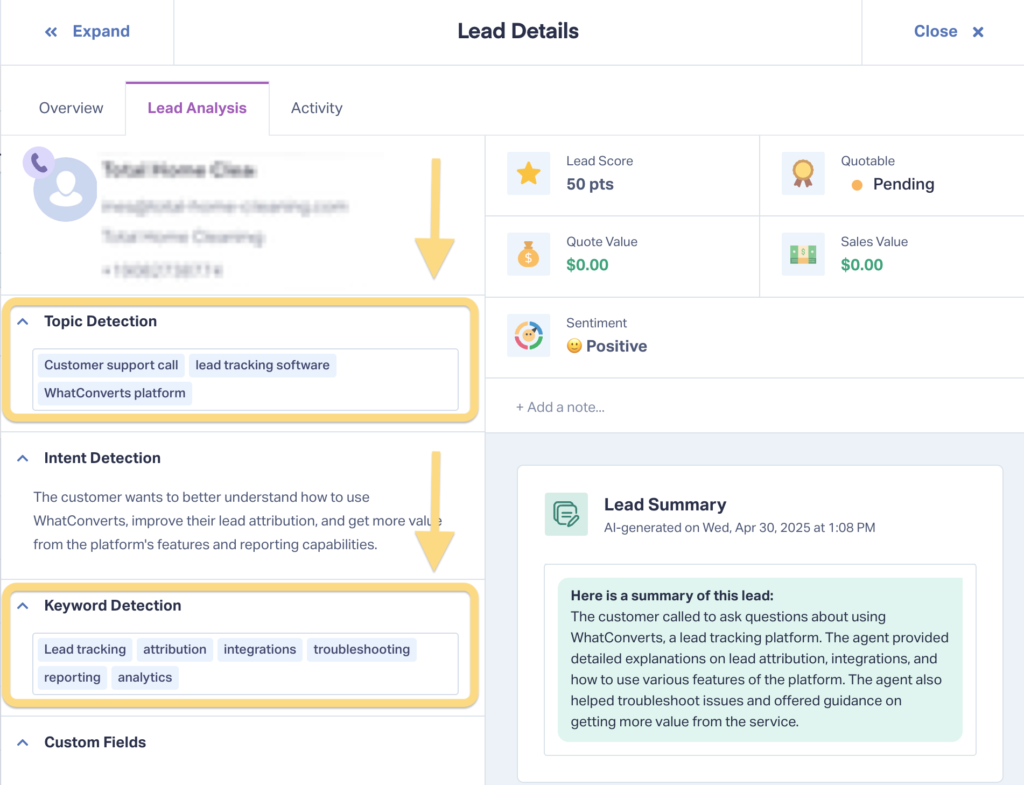
Pro Tip: Treat ad extensions as mini CTAs. Link to high-intent pages like pricing, testimonials, or quote requests for higher engagement.
Once your ads are aligned and compelling, the next step is making sure the user experience post-click matches the promise: your landing pages.
Step 5 – Examine Landing Pages
Your ads might win the click, but it’s your landing page that wins the conversion. A mismatch here can kill performance, no matter how optimized the rest of your funnel is.
What to Check
Start by reviewing message match. Does the landing page reflect the promise made in the ad? If your ad mentions “Free 30-Day Trial,” that offer should be prominent above the fold. Consistency builds trust and improves conversion rates.
Next, audit the user experience:
- Is the page mobile-friendly?
- Does it load quickly?
- Are CTAs clear and easy to act on?
A beautiful desktop page that breaks on mobile can quietly tank your ROI. Run tests on multiple devices and look for friction points like slow load times, confusing layouts, or forms that ask too much.
Resource: Landing Page Analytics – 5 Ways to Increase Conversions
Finally, make sure every conversion action is tracked. Forms, phone calls, live chat—these should all be connected to your tracking setup via WhatConverts or Google Tags. With WhatConverts, you can see all your conversions together or filter them by conversion type, whatever works best for your business needs.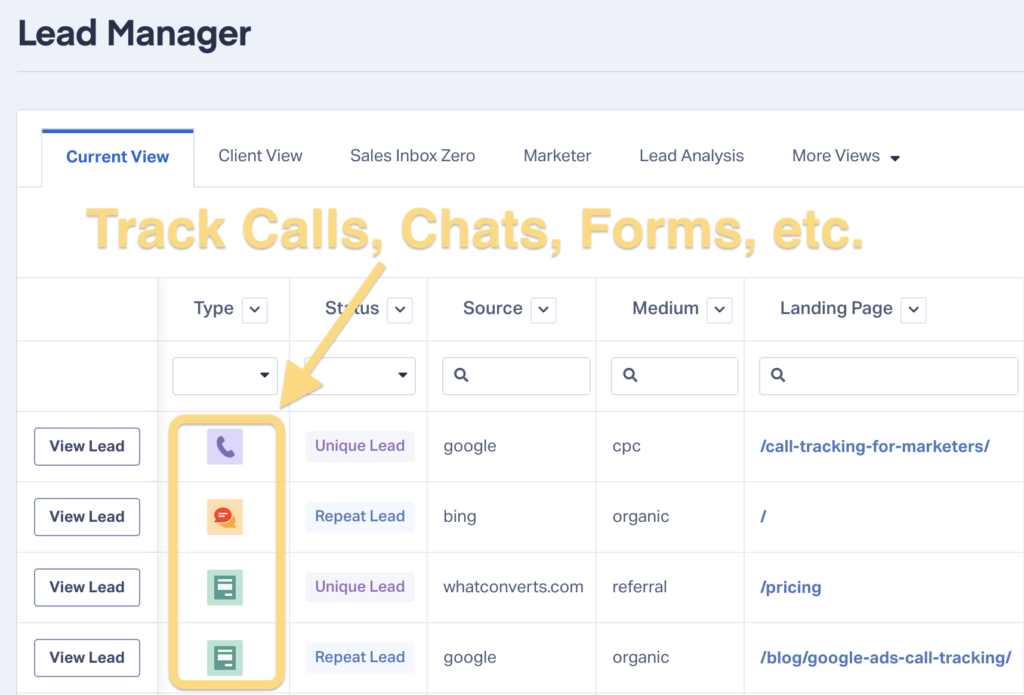
Optimization Opportunity
Aim for a 90+ mobile PageSpeed score by compressing assets; move the primary CTA above the fold and limit forms to 3–5 essential fields; implement dynamic text replacement so headlines mirror search terms; and test one live form submission each month to verify tracking.
Pro Tip: Use WhatConverts to tie landing page performance directly to lead quality and quote value, not just raw form submissions.
With your landing pages delivering a seamless experience, it’s time to ensure every conversion is captured correctly. Next: conversion tracking.
Step 6 – Audit Conversion Tracking
Accurate conversion tracking is crucial for meaningful optimizations. This audit step ensures every valuable action (from forms to phone calls) is captured and attributed correctly.
What to Check
Start by reviewing your list of conversion actions in Google Ads. Are you tracking all meaningful touchpoints? This should include:
- Form submissions
- Phone calls (from ads and website)
- Live chats or quote requests
- E-commerce purchases (if applicable)
Use tools like Google’s Tag Assistant or WhatConverts to confirm these are firing correctly.
Next, check your analytics integration. Is Google Ads connected to GA4? Are tools like WhatConverts feeding qualified lead data back into your Google Ads account using GCLIDs?
When WhatConverts is integrated properly, you can send only qualified conversions back to Google, allowing automated bidding strategies to optimize for real value, not just volume. This is a huge benefit for agencies wanting to steer the bidding algorithm in their favor.
Finally, reassess your attribution model. Transitioning from last-click to data-driven attribution could better reflect actual campaign value.
Resource: How to Optimize Google Ads Automated Bidding for Better Results
Optimization Opportunity
Keep your conversion signal clean by importing only revenue‑driving actions like qualified calls, high‑intent forms, and purchases into Google Ads. Remove or classify soft conversions separately. Once the data is pristine, switch high‑volume campaigns to a value‑based automated bidding strategy (e.g., Maximize Conversion Value or Target ROAS) so Google’s algorithm optimizes for profit, not vanity metrics.
Pro Tip: Assign values to leads to help Google Ads optimize for profitability, not just click volume.
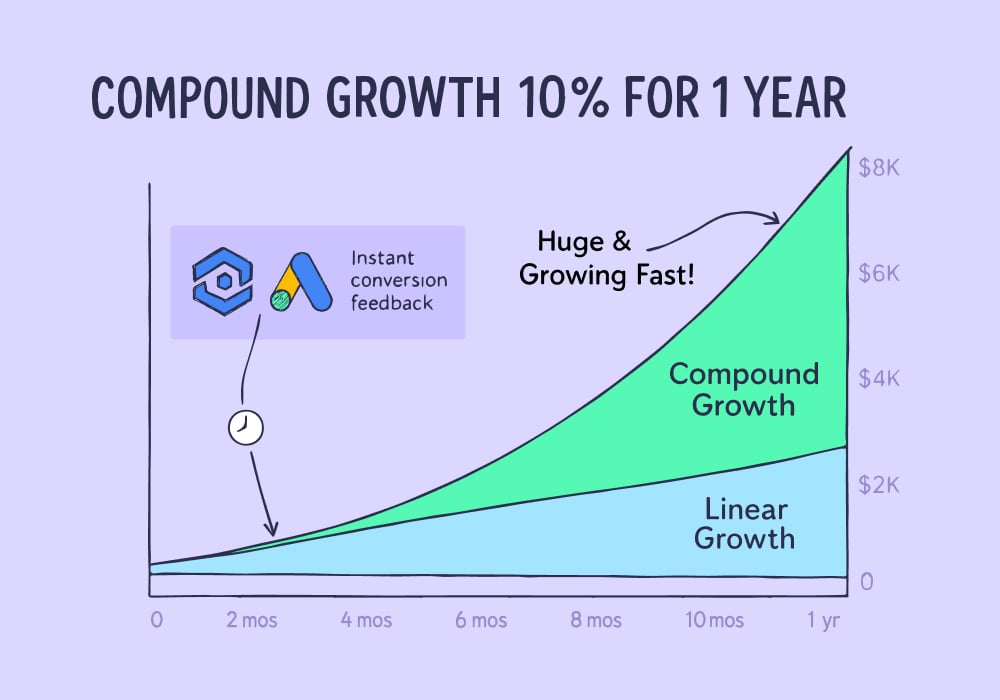
With reliable conversion tracking in place, you can confidently make smarter bidding and budgeting decisions. Let’s tackle that next.
Step 7 – Analyze Bidding Strategies and Budget Allocation
Bidding and budget decisions can make or break your Google Ads ROI. This audit step ensures you’re not just spending, but spending smart.
What to Check
Start by reviewing your bidding strategy:
- Are you using manual CPC or automated bidding (e.g., Maximize Conversions, Target CPA, Target ROAS)?
- Does your current strategy align with your goals?
If you're using manual bidding and your conversion tracking is strong (see Step 6), it may be time to switch to an automated strategy. Especially if you can feed high-quality lead data back into Google via WhatConverts, helping the algorithm prioritize leads that actually close.
Resource: How to Optimize Google Ads to Only Target Qualified Leads
Then, evaluate your budget distribution:
- Are top-performing campaigns hitting daily limits?
- Are low-converting campaigns eating up budget?
Reallocate funds toward what’s driving real results. Use WhatConverts to look at lead quality and quote value (not just volume) to guide your decisions.
Finally, review bid adjustments by device, location, and time. If mobile traffic converts poorly, lower your mobile bid or fix the mobile UX (see Step 5). Likewise, adjust bids for regions or times that outperform.
Optimization Opportunity
Shift mature campaigns (>30 conversions in 30 days) to Target ROAS fueled by WhatConverts value data; divert spend from campaigns with CPA ≥120 % of goal toward those at ≤80 %; and apply a −25 % mobile bid modifier if mobile ROAS lags desktop until UX issues are fixed.
Pro Tip: Use WhatConverts + Google Ads automation to create a self-optimizing loop, feeding real lead data into bidding strategies that adjust automatically.
With smart bids and optimized budgets, the final step is making sure you’re targeting the right people. Up next: audience and demographic targeting.
Step 8 – Review Audience Targeting and Demographics
Even with the right keywords and copy, targeting the wrong audience means wasted spend. This final step ensures your ads reach the people most likely to convert.
What to Check
Start with your audience segments:
- Are you targeting or observing in-market, affinity, or remarketing audiences?
- Which segments drive the most qualified leads?
Use performance data to identify which audiences consistently convert, and which don’t. For example, if a remarketing list performs well, consider increasing bids or expanding it. If an affinity audience underperforms, cut or exclude it.
Then examine demographics: Look at age, gender, household income, and parental status. Are certain groups converting at higher rates? Exclude or bid down on low-value segments (like 18–24 if you're targeting B2B buyers).
Use WhatConverts to take it further: track lead quality by demographic or location to guide smarter segmentation and copy adjustments. That’s exactly what Bake More Pies did, giving them the granular data they needed to send ad leads to different client locations based on capacity.
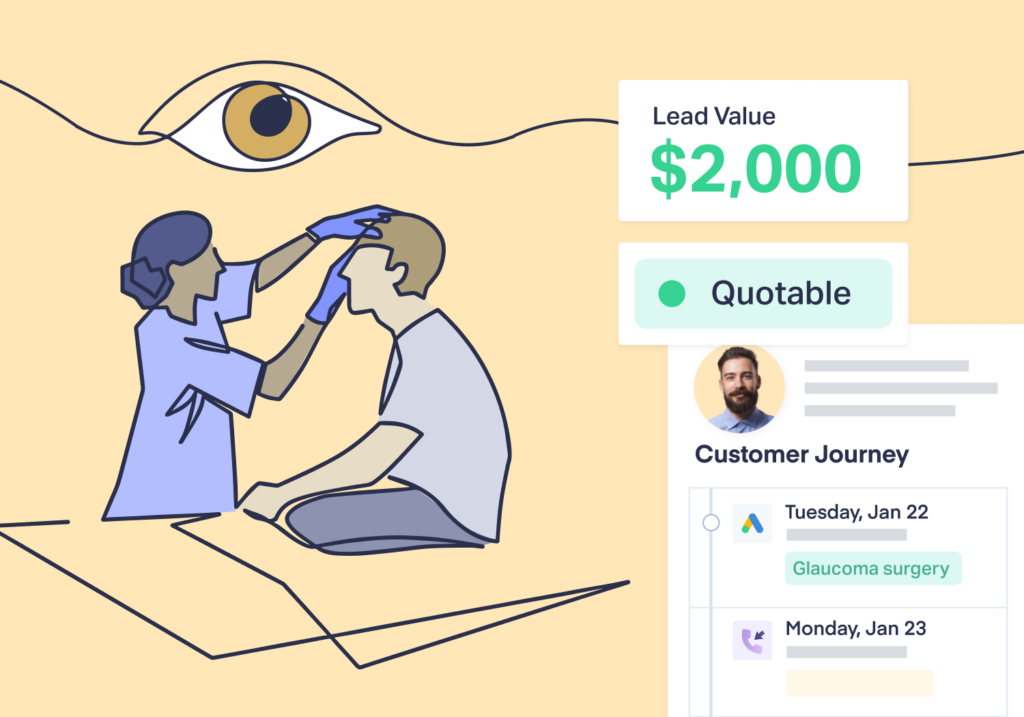
Optimization Opportunity
Exclude demographic segments converting at <0.5× account average, bid +20 % on remarketing lists of past converters, and create a Customer Match list of “closed‑won” contacts to tailor copy and bids to your highest‑value prospects.
Pro Tip: Use demographic insights to tailor ad copy. If women aged 35–44 convert at the highest rate, adjust messaging to resonate with their pain points.
With audience targeting refined, your audit is complete. Now it’s time to summarize the process and lock in the wins.
Google Ads Audit Checklist
Below is a concise checklist summarizing the key tasks for each step of the Google Ads audit, along with a suggested frequency or timing for each activity. Use this as a reference to ensure you’ve covered all bases. Regular audits using this checklist will keep your campaigns running at peak performance.
| Audit Step & Area | Key Checks & Tasks | Recommended Frequency |
| 1. Account Goals & Settings | - Confirm campaign objectives align with business goals - Verify location targeting, ad schedule, language settings match your audience - Ensure tracking and bidding strategies align with goal (e.g., lead gen vs sales) | At campaign launch; Quarterly review |
| 2. Campaign Structure | - Check campaigns are organized by product/service or goal for logical control - Ensure each ad group has a tight theme (relevant keywords grouped together) - Identify opportunities to split or merge for optimal structure | Quarterly (or during major account changes) |
| 3. Keyword Performance | - Identify top-performing keywords (high CTR, conv. rate, ROI) to prioritize - Flag low performers (high spend, low return) to pause or optimize - Add new keywords from search queries or lead data; add negative keywords to eliminate waste | Monthly for performance; Quarterly deep dive |
| 4. Ad Copy & Extensions | - Review ad copy for relevance and strong CTAs; update outdated messaging - Incorporate customer language/VoC for more resonant ads - Add or update ad extensions (sitelinks, callouts, etc.) for each campaign | Quarterly (or with new campaigns/ads) |
| 5. Landing Pages | - Ensure landing page content matches ad intent and offers a seamless user experience - Check page load speed, mobile friendliness, and clear calls-to-action - Verify all forms, phone numbers, and chat functions work and are tracked | Quarterly; Also after any website changes |
| 6. Conversion Tracking | - Verify all desired conversion actions (forms, calls, chats, purchases) are tracked properly in Google Ads & analytics - Test conversion tracking pixels or integrations (e.g., WhatConverts) are firing - Align attribution model and conversion values with business goals | Quarterly; plus brief testing monthly (e.g., test a form submission) |
| 7. Bidding & Budget Allocation | - Review bidding strategy for each campaign (Manual vs. Automated); consider trials of automated bidding using your conversion data - Reallocate budgets toward high-ROI campaigns, reduce waste on low performers - Adjust bids or device/location modifiers based on performance patterns | Monthly (for bid tweaks); Quarterly (holistic budget review) |
| 8. Audience & Demographics | - Analyze performance by audience segments (remarketing, in-market, etc.); refine targeting or exclude poor matches - Check demographic data (age, gender, income) for inefficiencies; apply bid adjustments or exclusions as needed - Update location targets or schedule if certain regions/times outperform others | Quarterly (or when significant audience behavior shifts) |
Use this checklist to systematically go through your Google Ads account. For each item, document your findings and planned changes. Having a written record will help when implementing optimizations and when comparing results in future audits.
Conclusion: Turn Your Audit Into Action
A Google Ads audit isn’t just a checklist—it’s a roadmap to better performance, higher-quality leads, and stronger ROI. By reviewing goals, structure, keywords, ads, landing pages, conversion tracking, bidding, and audience targeting, you’ve now got the full picture of where your account stands—and where it can go.
And here's the key takeaway: surface metrics like clicks and impressions don't tell the whole story. The most impactful audits connect ad spend to actual outcomes—like qualified leads, sales opportunities, and revenue. That’s where WhatConverts comes in.
With WhatConverts, you can:
- Attribute every lead to its source, keyword, and campaign
- Filter for only qualified, quotable leads
- Feed that data back into Google Ads to fuel smarter bidding
- Build automated optimization loops that scale your best campaigns
You’ve already done the hard work of auditing. Now it’s time to take action—and start turning more clicks into customers.
Want to see which leads actually turn into revenue?
Start your free trial of WhatConverts today and get the visibility you need to optimize with confidence.
Get a FREE presentation of WhatConverts
One of our marketing experts will give you a full presentation of how WhatConverts can help you grow your business.
Schedule a Demo
Grow your business with WhatConverts






